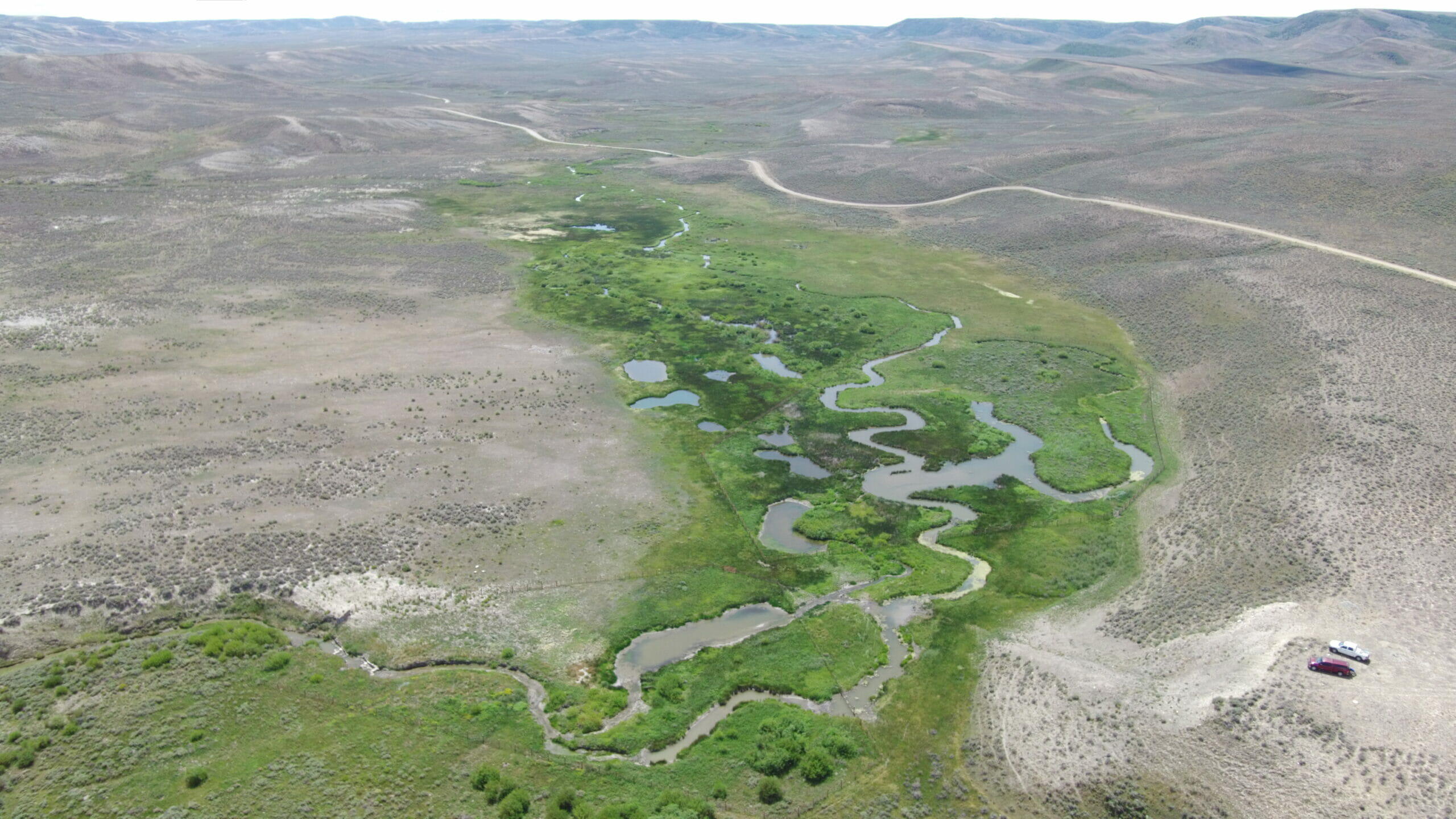
Newly proposed rule aims to improve management of public lands in the face of challenges
Contacts:
- Chris Wood, President and CEO, Trout Unlimited, chris.wood@tu.org
- Corey Fisher, Public Lands Policy Director, Trout Unlimited, corey.fisher@tu.org
- Lucas Bissett, Executive Director, American Fly Fishing Trade Association, lucas.bissett@affta.org
ARLINGTON, Va.—The Department of the Interior this week announced a proposal by the Bureau of Land Management (BLM) to help identify and prioritize public lands and waters in need of protection and restoration, encourage investment in public lands conservation, and put conservation on equal footing with other uses of public lands.
BLM manages more public land—245 million acres—than any other land management agency, the vast majority located in 12 western states and Alaska. The Department said the rule would help BLM “improve the resilience of public lands in the face of a changing climate; conserve important wildlife habitat and intact landscapes; plan for development; and better recognize unique cultural and natural resources on public lands.”
“Trout Unlimited has long partnered with the BLM on conservation initiatives and on-the-ground projects to restore trout and salmon habitat and improve watershed health, and we appreciate this new effort to make America’s shared lands and waters more resilient,” said Chris Wood, president and CEO of Trout Unlimited. “Public lands face no shortage of challenges—a historic drought, more intense wildfires, and invasive species, as well as new energy development and increased mining. As BLM works to address competing interests, we are pleased to see the agency recognize conservation as one of the most important uses of our public lands.”
In Wyoming, TU and BLM have worked together in the Muddy Creek drainage for more than a decade on native fish restoration, habitat improvement and barrier removal, investing more than $1.2 million in the recovery of Colorado River cutthroat and other native species. In places like Greater Little Mountain in Wyoming, and South Park, Colorado, TU has worked with BLM to revise management plans that balance energy development with fish and wildlife conservation. Elsewhere, we are partners in conservation agreements and recovery plans for native trout, such as Westslope and Yellowstone cutthroat trout in Montana.
“Rivers and streams flowing through BLM-managed lands not only support robust populations of wild and native fish, but these public lands also provide fishing access on renowned rivers like the Big Blackfoot in Montana, the Arkansas River in Colorado, and the Rio Grande Gorge in northern New Mexico,” said Lucas Bissett, executive director of the American Fly Fishing Trade Association. “Healthy public lands mean healthy fisheries and a healthy fly fishing industry. We thank the BLM for taking steps to provide for the wise management and conservation of our public lands and ensure that they remain great places to fish, long into the future.”
The agency will be accepting public comments on the proposal for 75 days.
“We look forward to engaging with the BLM as they accept public comment and work to refine this rule,” Wood said.
###
Trout Unlimited is the nation’s oldest and largest coldwater fisheries conservation organization dedicated to caring for and recovering America’s rivers and streams so our children can experience the joy of wild and native trout and salmon. Across the country, TU brings to bear local, regional and national grassroots organizing, durable partnerships, science-backed policy muscle, and legal firepower on behalf of trout and salmon fisheries, healthy waters and vibrant communities.

